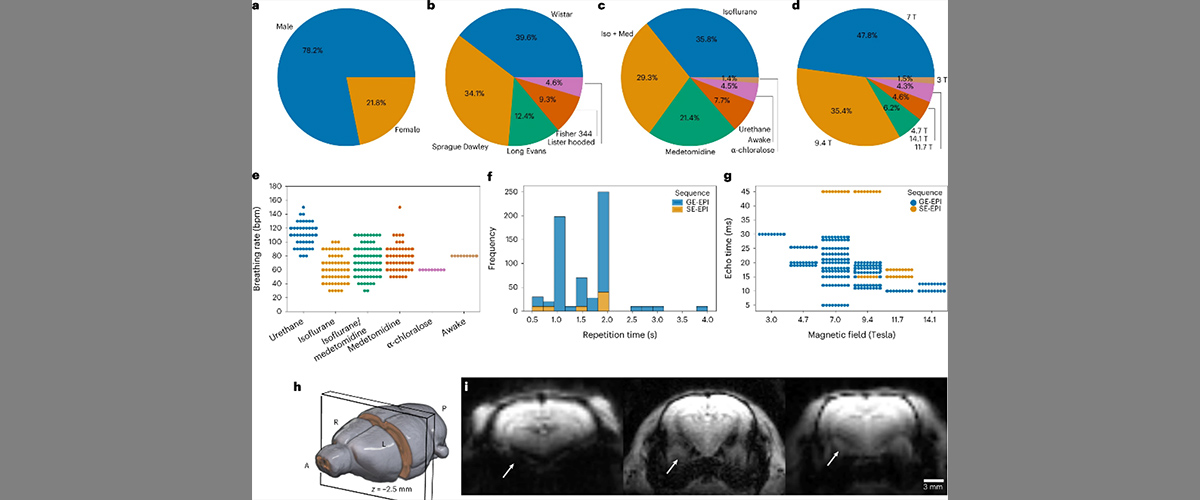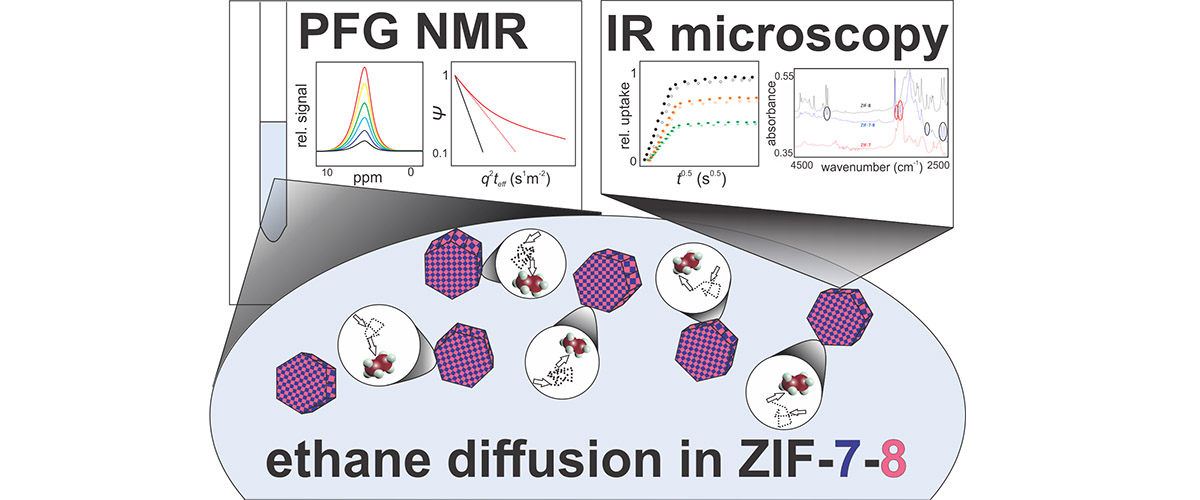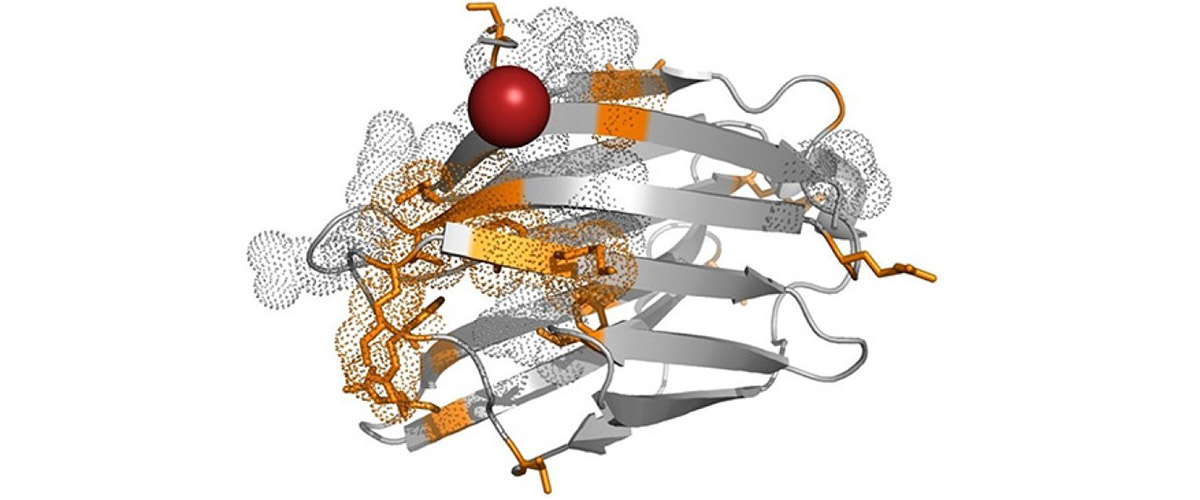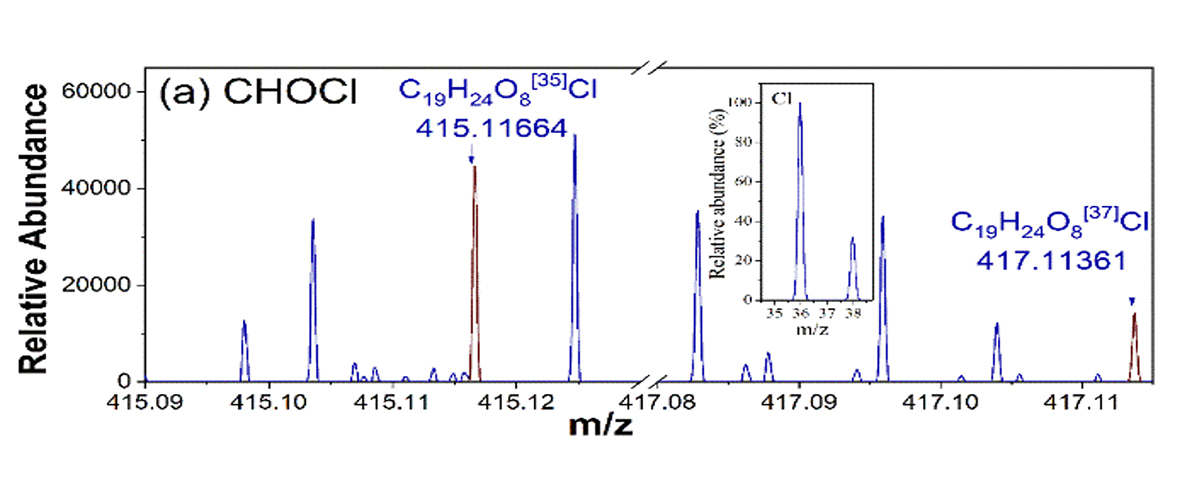What is the development?
The MagLab’s AMRIS facility, hosted at the University of Florida’s McKnight Brain Institute, participated in an international collaboration that aggregated and analyzed 65 rat brain fMRI (function magnetic resonance imaging) datasets from 45 institutions. The collaboration developed an optimized and standardized protocol to be used by researchers to store data from future rat brain imaging experiments.
Why is this important?
Rats are commonly used in pharmacological studies due to their similarities with humans in terms of drug metabolism, brain structure, and ability to learn complex tasks. However, combining and comparing datasets from different experiments has historically been made very difficult because brain imaging data is typically collected under a variety of different conditions (for example, different rat strains, anesthesia, or imaging instrumentation).
By conducting experiments with the standardized protocol created by this collaboration, researchers can ensure that their datasets are able to be reused effectively by others. This innovation will greatly increase the pool of available high-quality data, improving researchers’ ability to study rat brain connectivity and make new discoveries. The authors have openly shared all the data and the details of the protocol in open access databases to maximize their accessibility and value for the neuroscience community.
Who did the research?
Joanes Grandjean1,2, et al. (including more than 200 researchers in the collaboration)
1Donders Institute for Brain, Behaviour, and Cognition, Radboud University, Nijmegen, The Netherlands 2Department for Medical Imaging, Radboud University Medical Center, Nijmegen, The Netherlands
Why did they need the MagLab?
The MagLab contributed a portion of the data in the MultiRat dataset that was used to develop the standardized protocol. The authors needed to ensure that their protocol would be valid across a wide range of different magnetic resonance imaging instruments, including those with both low and high magnetic field strength. The MagLab’s high magnetic field strength magnets were essential for this purpose.
Details for scientists
- View or download the expert-level Science Highlight, AMRIS FAIR Data: A standardized FAIR data protocol to make rat brain imaging datasets more reproducible and interoperable
- Read the full-length publication, A consensus protocol for functional connectivity analysis in the rat brain, in Nature Neuroscience
Funding
This research was funded by the following grants: G.S. Boebinger (NSF DMR-1644779)
For more information, contact David Butcher.






